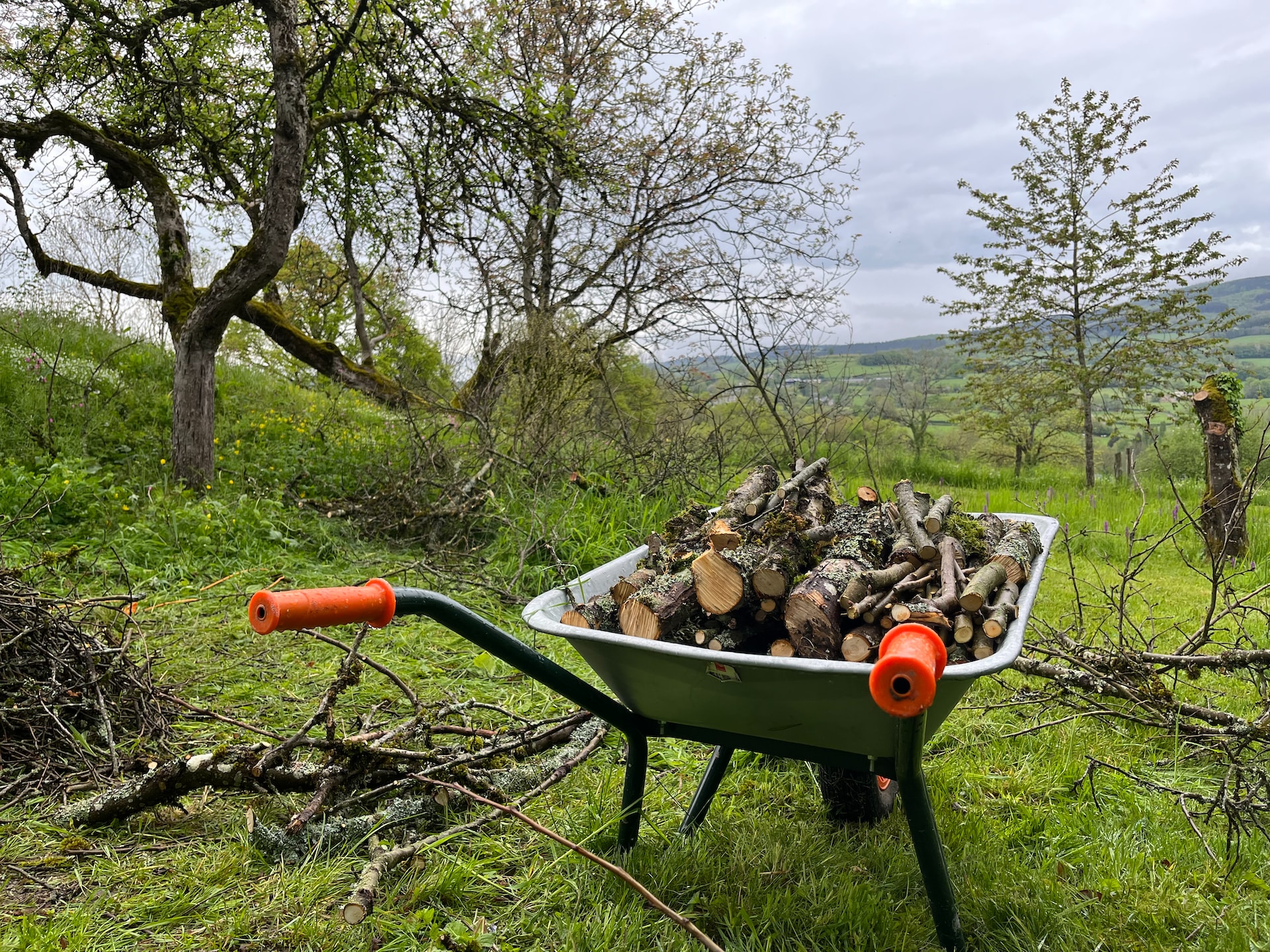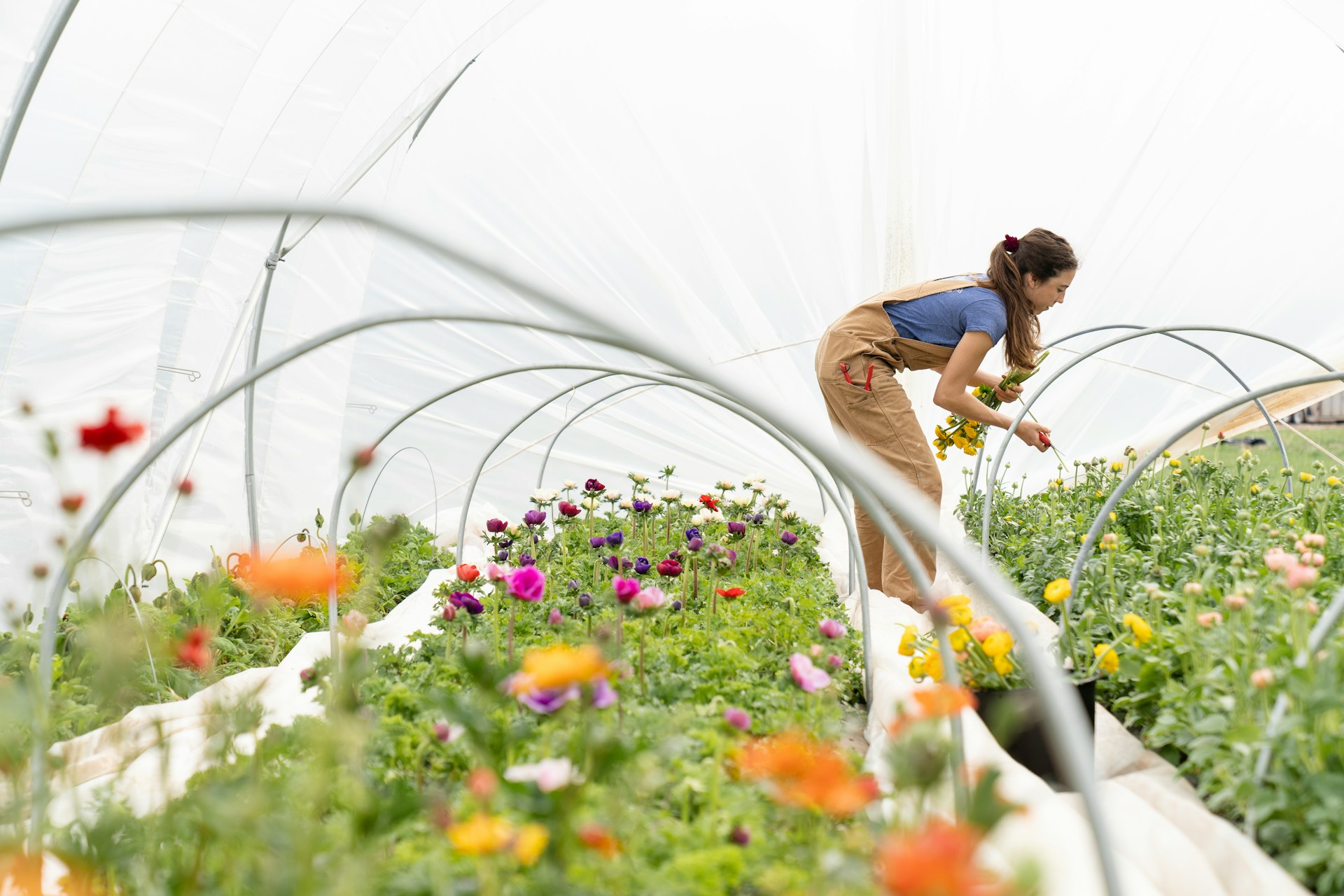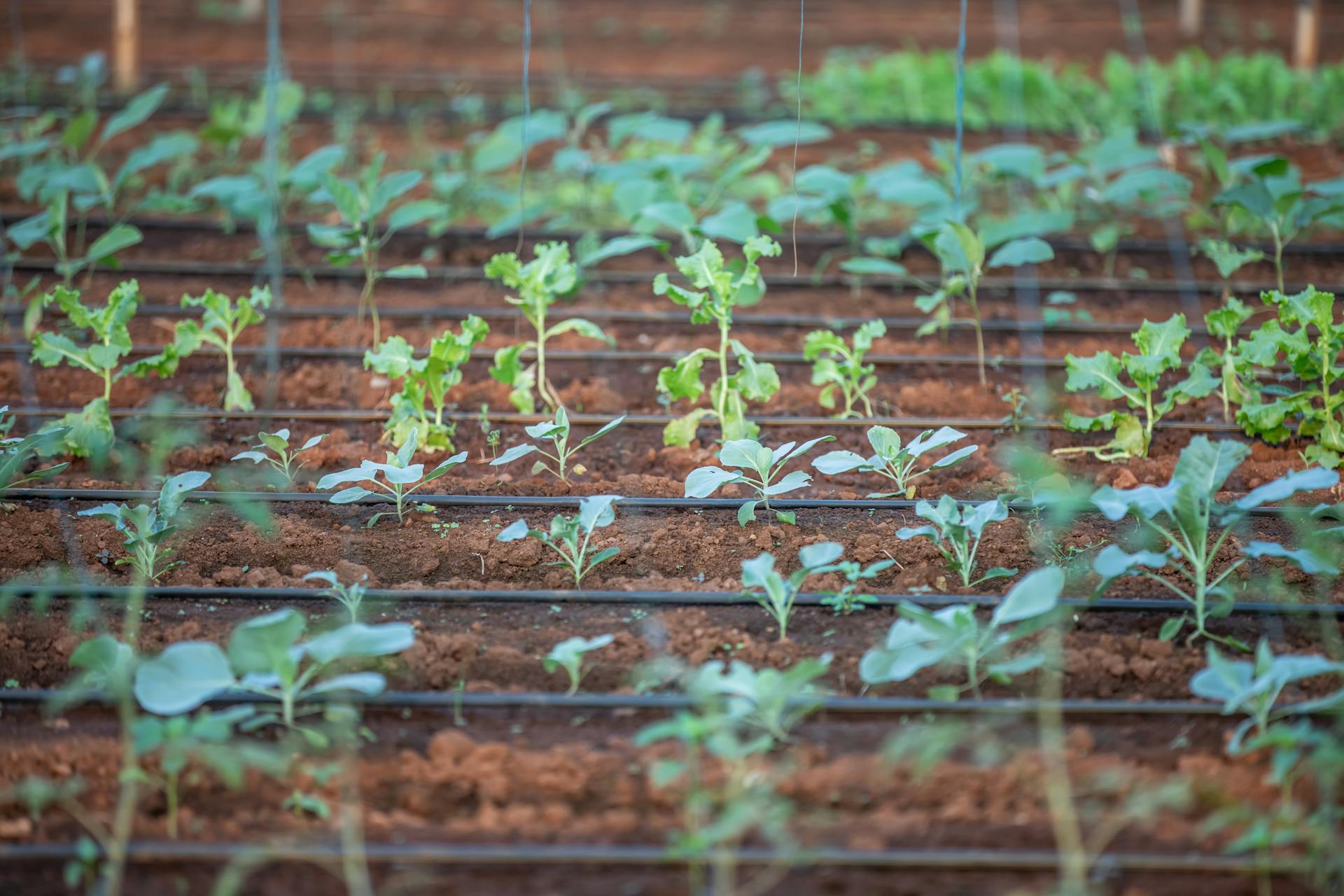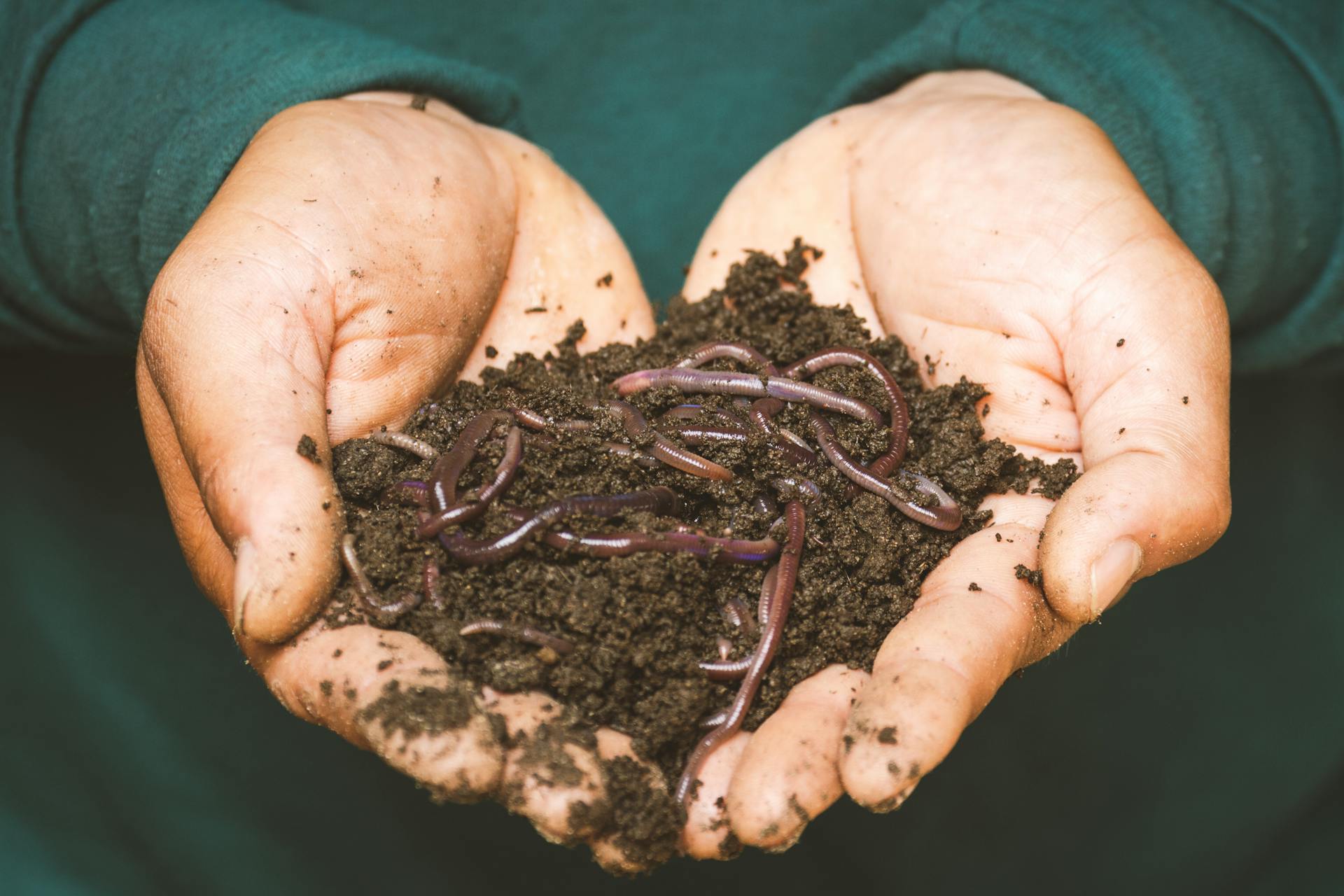You’ve built your raised garden, and you’re excited to start planting. There’s just one little problem – you have to fill your beds.
Depending on the size and depth of your beds, you’re probably going to need more soil than you imagined.
A 6’ x 4’ x 24” raised bed needs a whopping 1.8 cubic yards of soil. A single cubic yard of soil needs 27 1-cubic-foot bags of soil.
Imagine that trip to the garden center!
While you can absolutely go this route if you have the budget, there are other ways to fill a raised garden bed. And these methods will actually improve your soil over time.
We’re not going to talk about soil mixes in this post – just how to fill your beds without going broke! If you need help with soil mixes, check out our post How to Mix Soil for a Raised Garden Bed.
How to Fill a Raised Garden Bed for Cheap
Most of your raised bed should consist of soil, compost and other amendments. But there are other things you can add to the mix to reduce the amount of soil you need.
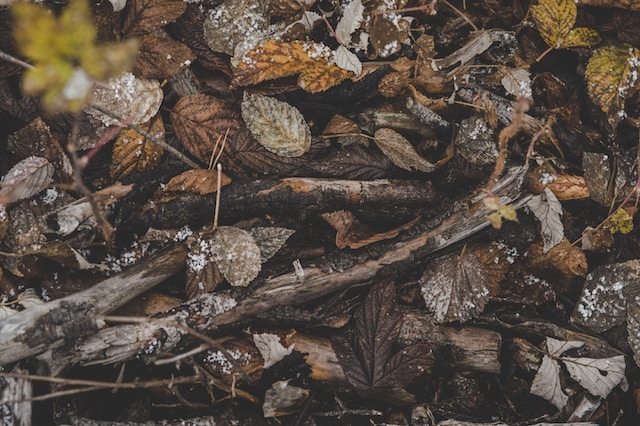
1. Add Tree Branches and Leaves
Take a walk around your backyard, and I bet you can find lots of twigs and branches. Or maybe you need to prune some trees and bushes and now have some leftover plant material.
If you have any organic yard debris, toss it in your raised beds.
And if you have any leaves lying around, you can toss those in there, too.
Leaves, tree branches and other yard debris will not only fill your raised beds, but nourish them, too.
As the USDA explains, leaves serve as a natural fertilizer and mulch for the garden. They’re an excellent source of essential nutrients like:
- Nitrogen
- Carbon
- Potassium
- Phosphorous
And as leaves decompose in your beds, they release these nutrients right into your soil. Think of them as a long-term food source for your soil.
If you have a lawn mower with a bag attachment, you can fill it up with shredded leaves that you can add to your soil for nutrients. And you can repeat this practice every fall to keep your beds nourished.
Tree branches have similar nutrients that will release into the soil as they decompose.
2. Try Lasagna Gardening
Lasagna gardening is another popular way to fill a raised bed. Just as the name suggests, this method layers different materials on top of each other. Over time, these layers break down and feed the soil.
What kind of layers are we talking about?
Here’s an example, starting from the bottom up:
- Cardboard
- Compost
- Grass clippings
- Yard waste and coffee grounds
- Leaves or straw
And then, repeat these layers and finish with potting soil or topsoil.
Because your plants will use up most of the nutrients in your soil, you’ll need to go through this layering process every year before the growing season.
3. Use Hugelkultur Method
The Hugelkultur gardening method is a centuries-old practice that also uses rotting logs, dry leaves and plant debris to build a garden bed.
Traditionally, people created Hugelkultur mounds topped with compost, organic matter and soil.
Hugelkultur is a cheap and effective way to fill a raised bed, especially if you have lots of debris or logs in your yard.
When we were filling our beds, we did partial Hugelkultur. We filled our beds with some logs we had in the yard, along with leaves and other debris.
Since we had four big 8’ x 4’ beds to fill up, this method really helped us save on costs.
While this method can be effective, there are some drawbacks. If you don’t pack the logs tightly, it could create space for rodents and cause the bed to settle too quickly.
So, while this method is very effective, make sure that you take the time to build your mounds carefully.
4. Use Cardboard and Landscape Fabric for a Base
When filling up a raised bed, the bottom layer is important. While you can certainly place your bed right over grass, it’s best to create a barrier between your soil and the ground.
You have quite a few ways you can do this, but many raised bed gardeners rely on two materials for their base layer:
- A layer of cardboard
- Some landscape fabric
The cardboard and landscape fabric help reduce weed growth, which will save you time weeding and also help preserve the soil’s nutrients for the plants you want to grow.
Don’t Forget Drainage
No matter how you choose to fill your beds, make sure that you consider drainage. Raised beds already have an advantage in this department, but it’s important to make sure that you’re not overpacking your soil and that your soil has some room to breathe.
The methods above will make it easy to fill your raised garden beds for cheap. If you have yard debris and leaves, you’re already halfway there.
